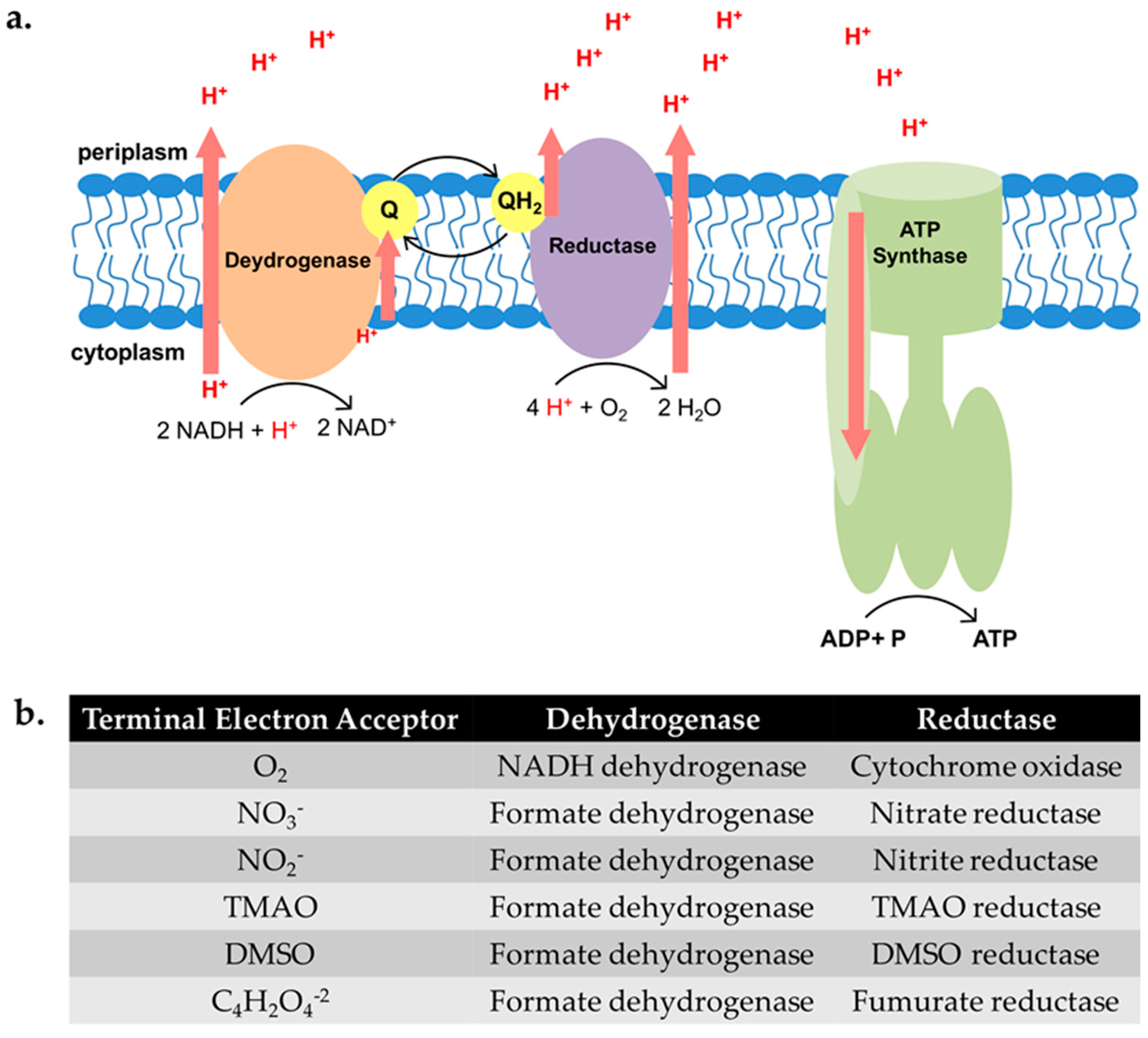E. coli bacteria are anaerobic bacteria that live in the human digestive tract. Another advantage of anaerobic respiration is its speed. It produces ATP very quickly..
Question. is e coli anaerobic or aerobic. 0. Microbial ecology Roy M. Balderas 2 months 0 Answers 5 views New Member 0.
However, being Facultative anaerobe E. coli can grow both aerobically and anaerobically and you need not to think about ways to grow them anaerobically, use any system with.
$\begingroup$ E. Coli is not simply aerobic. Nor is it anaerobic. It is facultative, meaning that it thrives in both environments, and can breath with or without oxygen. Nor is it.
Abstract. Escherichia coli contains a versatile respiratory chain which oxidizes ten different electron donor substrates and transfers the electrons to terminal reductases or oxidases.
Suspensions of washed bacteria, originating from a culture of E. coli made in forced aerobiosis, ferment glucose without liberating carbon dioxide and hydrogen and there is.
Explanation: Escherichia coli is a Gram-negative species of versatile bacterium that is not only able to grow when oxygen is present ( aerobic conditions), but.
Escherichia coli (E. coli) is a Gram-negative, rod-shaped, facultative anaerobic bacterium. Is Escherichia coli gram-negative? E. coli is a Gram negative anaerobic , rod.
Escherichia coli (E. coli) are Gram-negative, facultative anaerobic, rod-shaped bacteria. E. coli are commonly found in the intestine of humans and warm.
Results showed that E. coli PI7 decayed at a significantly slower rate under anaerobic conditions. Approximate half-lives were 32.4 ± 1.4 h and 5.9 ± 0.9 h in the anaerobic and.
E. coli is able to grow aerobically by respiration and in the absence of O2 by anaerobic respiration with nitrate, nitrite, fumarate, dimethylsul.. In facultatively anaerobic.
dynamics of gene regulation in E.coli during the transition from anaerobic to aerobic growth (20). The use of chemostat.








![E Coli Is Aerobic Or Anaerobic Dynamics and genetic diversification of Escherichia coli during experimental adaptation to an anaerobic environment [PeerJ]](https://dfzljdn9uc3pi.cloudfront.net/2017/3244/1/fig-6-full.png)


